An In-Depth Review of “Wuthering Heights”
Updated: 28 December 23
13
Introduction
“Wuthering Heights,” penned via the wonderful Emily Brontë, stands as a towering work within the canon of English literature. Renowned for its intense emotional depth and complicated narrative, this novel captures the essence of passion and vengeance set against the awful backdrop of the Yorkshire moors.
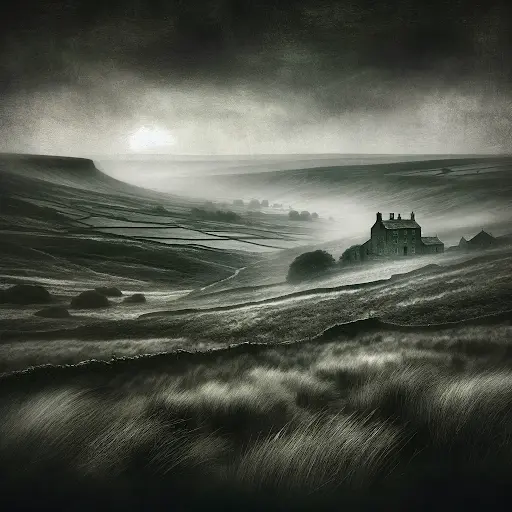
Author’s Background
Emily Brontë, a part of the illustrious Brontë own family, changed into an English novelist and poet. Her paintings in “Wuthering Heights,” her most effective novel, has cemented her legacy as a masterful storyteller. Despite a lifestyles marked by means of non-public loss and reclusiveness, Brontë’s profound insight into human nature and emotion is obvious in her writing.
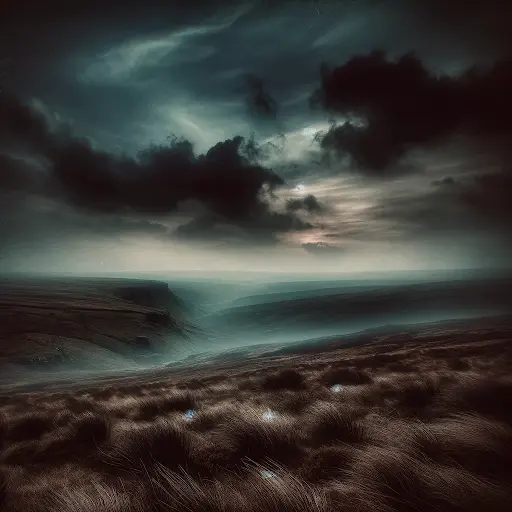
Summary
“Wuthering Heights” tells the story of Catherine Earnshaw and Heathcliff, an orphan followed by using Catherine’s father. Their intense courting, marked with the aid of passion and heartbreak, bureaucracy the center of the novel. Set inside the remoted moorland, the story delves into topics of love, revenge, and the adverse electricity of obsession.
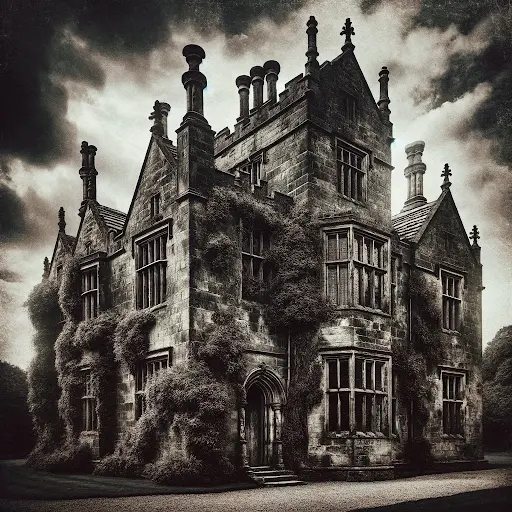
Critical Analysis
The novel’s strength lies in its problematic characterizations and the raw emotional electricity of its narrative. Brontë’s depiction of the moors — a wild and desolate panorama — mirrors the turbulent inner world of her characters. However, the unconventional nonlinear narrative and complex shape might project some readers.
When compared to other Victorian literature, “Wuthering Heights” stands proud for its deep mental insight and its unconventional, almost present-day, method of storytelling.
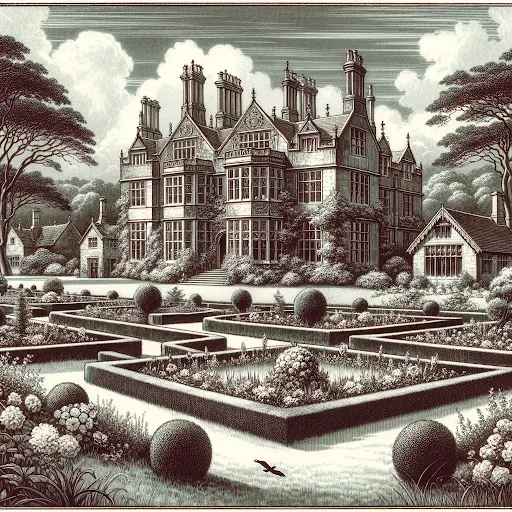
Personal Reflection
Reading “Wuthering Heights” was an immersive experience. The depth of the characters and the atmospheric placing of the moors left a long-lasting affect, evoking more than a few emotions from sympathy to frustration.
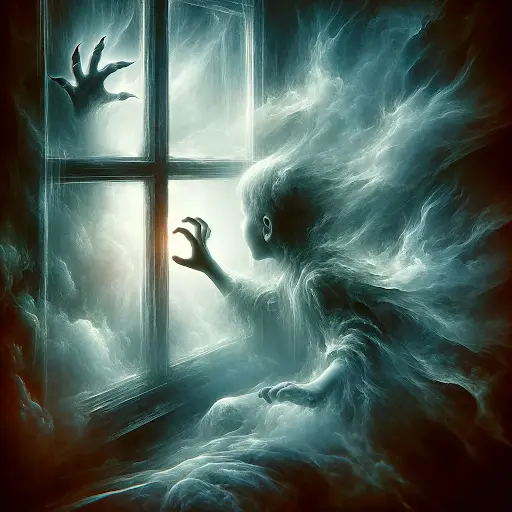
Recommendation
This ebook is best for readers who recognize complicated characters and subject matters, and those interested in traditional English literature. Its exploration of human feelings makes it an undying read.
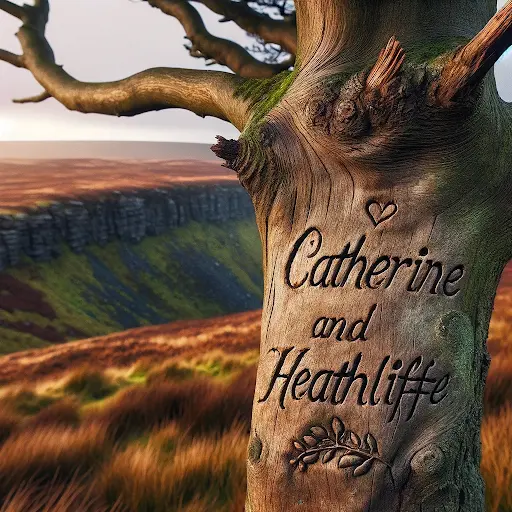
Conclusion
“Wuthering Heights” through Emily Brontë isn’t just a novel; it is an exploration of the intensity of human feelings. Its legacy as a masterpiece of literature is properly-deserved, offering readers a profound, albeit haunting, enjoyment.
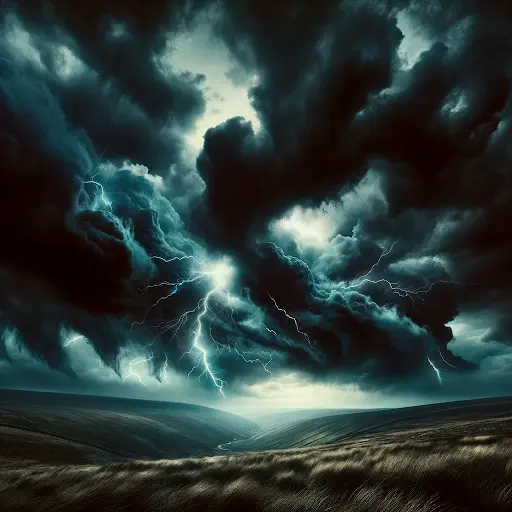
Is “Wuthering Heights” suitable for young readers?
While it’s a classic, its themes and complexity are more suited to older readers.
How does “Wuthering Heights” compare to other Brontë sisters’ works?
It’s unique in its psychological depth and narrative style, differing significantly from, say, Charlotte Brontë’s “Jane Eyre.”
Can “Wuthering Heights” be considered a gothic novel?
Absolutely, it embodies many gothic elements, including its moorland setting and the brooding character of Heathcliff.
What are the major themes in “Wuthering Heights”?
Key themes include love, revenge, social class, and the conflict between nature and culture.
Is the novel based on real locations?
Yes, the Yorkshire moors, where Brontë grew up, heavily inspired the settings in the novel.
About Us
At MRB, we are committed to providing in-depth, thoughtful reviews that guide readers to their next great read. Our diverse team offers a range of perspectives, ensuring comprehensive and engaging reviews for all book lovers.
Please Write Your Comments